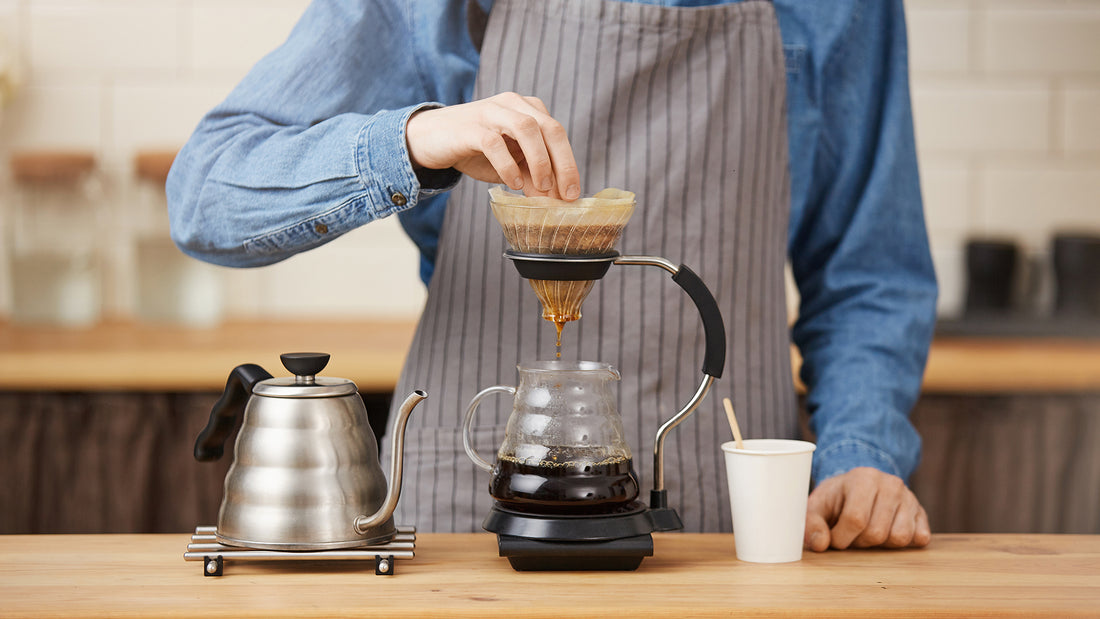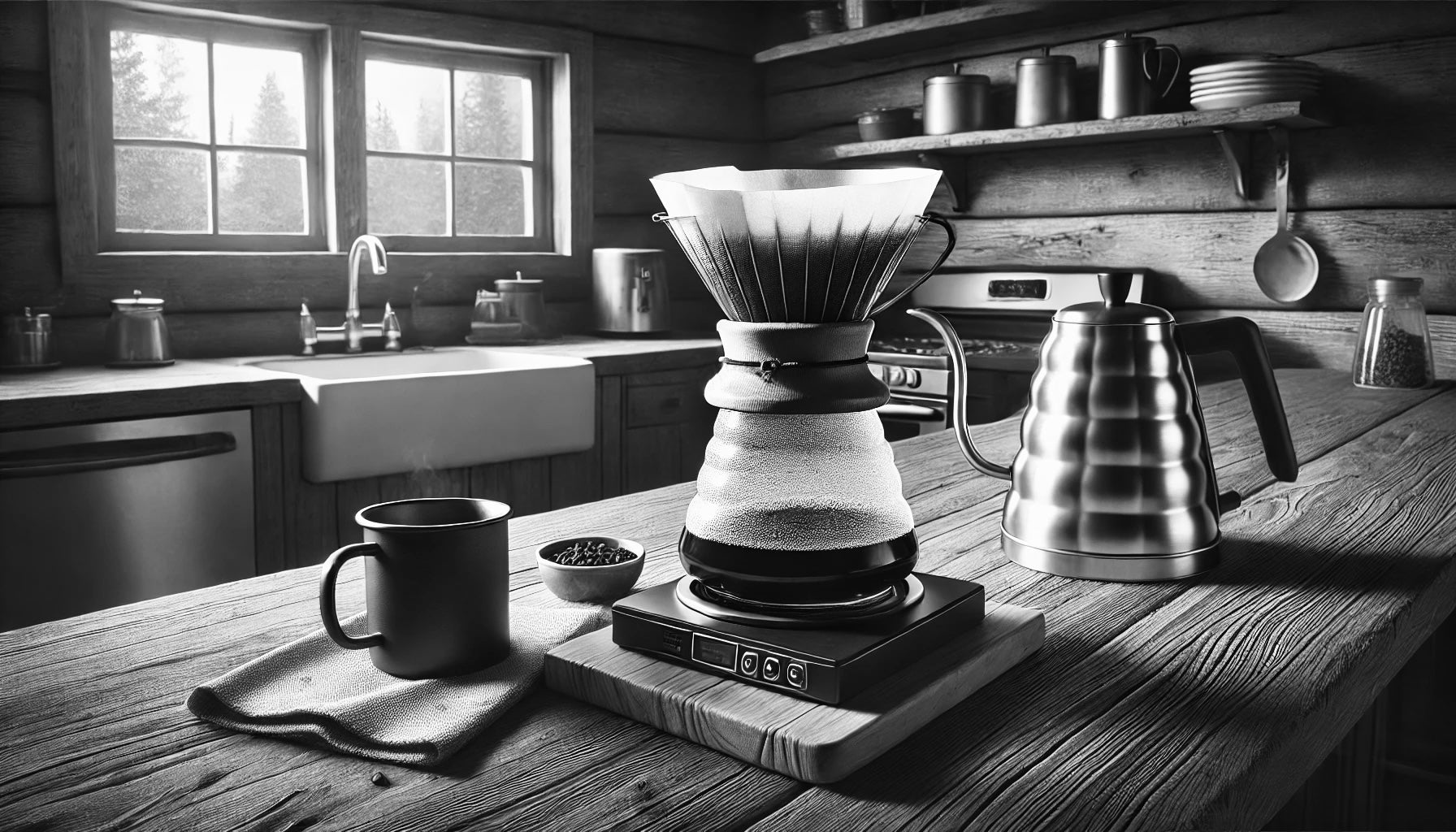Grasping Coffee Brewing Methods: Vital Strategies for every single Coffee Lover
Grasping Coffee Brewing Methods: Vital Strategies for every single Coffee Lover
Blog Article
Discovering the Art of Coffee Brewing: A Comprehensive Guide to Developing Your Cup
The art of coffee developing is a complex discipline that combines scientific research with individual expression, where the option of beans, water quality, and brewing methods assemble to produce a polished sensory experience. Comprehending the subtleties of various coffee beans, particularly the distinctions between Arabica and Robusta, is important for any kind of connoisseur. In addition, the selection of appropriate equipment and thorough interest to developing criteria can significantly influence the last end result. As we explore these aspects, one must take into consideration exactly how even minor changes can cause profound changes in flavor and fragrance-- what might these changes expose about your ideal cup?
Comprehending Coffee Beans
To really value the art of coffee brewing, one should first understand the fundamental aspect: coffee beans. These small seeds, typically originated from the Coffea plant, are essential in determining the flavor profile, aroma, and total high quality of the brewed beverage. Coffee beans mainly fall under 2 classifications: Arabica and Robusta. Arabica beans, known for their fragile tastes and greater level of acidity, are frequently favored by aficionados. In contrast, Robusta beans have a more powerful, extra bitter taste and higher caffeine material, making them appropriate for espresso blends.

Furthermore, the handling approach-- whether cleaned, natural, or honey-- influences the beans' final taste. Comprehending these components allows makers to pick the appropriate beans that straighten with their preferred flavor account, inevitably improving the coffee developing experience. coffee brewing methods. This comprehension is vital for any person aspiring to grasp the craft of brewing the perfect cup of coffee
Brewing Methods Clarified
Lots of fanatics discover that the choice of brewing approach substantially affects the last taste and scent of their coffee. Each approach harnesses different extraction techniques, influencing the coffee's personality and splendor.
Drip brewing, among the most preferred approaches, utilizes a device to leak hot water via ground coffee, creating a clean and regular mug. French press, on the various other hand, immerses coffee grounds in warm water, allowing for a fuller body and even more robust taste, as oils and fine particles continue to be in the brew.
Pour-over brewing supplies a careful technique, where water is manually put over coffee grounds, allowing for specific control over extraction time and temperature level, leading to a intense and nuanced mug.
Espresso, a focused coffee made under stress, is understood for its solid taste and creamy structure, functioning as the base for various coffee drinks, consisting of lattes and coffees.
Essential Tools Required
What tools is important for brewing a terrific cup of coffee? The foundation of any kind of effective coffee brewing process exists in top quality equipment tailored to your recommended method. To start with, a reliable coffee mill is crucial; freshly ground beans significantly boost taste and scent. Choose a burr grinder, which guarantees uniform bit dimension, crucial for optimum removal.
Following, consider your developing device. Alternatives range from drip coffee makers visit their website and pour-over arrangements to French presses and coffee devices. Each technique supplies distinct flavor accounts and developing strategies, so choose one that aligns with your taste choices.
A specific scale is also vital, permitting you to measure coffee and water accurately, which is important for uniformity. In addition, a thermostat can aid monitor water temperature, as it directly influences extraction high quality.
Mastering Water High Quality
The top quality of water made use of in developing coffee plays a substantial function in figuring out the final flavor profile of the mug. Different elements contribute to water quality, consisting of mineral web content, pH degree, and general purity. Preferably, water needs to be without contaminants and contaminations, as these can negatively impact the preference of coffee.
Minerals, such as calcium and magnesium, boost the removal of flavors from the coffee grounds, while keeping a well balanced pH level-- around 6.5 to 7.5-- is important for optimal removal. Water that is as well soft may bring about under-extraction, leading read review to sour or weak tastes, while excessively hard water can generate a bitter or extreme cup.
For the very best outcomes, filtered water is recommended, as it lowers the existence of chlorine and other unwanted compounds often located in tap water. In addition, think about using water with an Overall Dissolved Solids (TDS) level in between 150-200 ppm, which is generally excellent for coffee brewing. By understanding water high quality, you can lay a strong foundation for attaining a constantly excellent cup of coffee, permitting the distinct features of your selected beans to beam through.

Tips for Flavor Improvement
Enhancing the flavor of your coffee can dramatically elevate your developing experience and bring out the special subtleties of your chosen beans. To accomplish anonymous this, take into consideration a number of vital factors that influence preference.
Firstly, the grind dimension plays a crucial function. A finer work increases extraction, leading to bolder tastes, while a coarser work yields a milder cup. coffee brewing methods. Change your work according to your developing method to accomplish optimum outcomes
Secondly, try out mixture time. Over-extraction can bring about bitterness, while under-extraction lead to a sour taste. Goal for a mixture time that stabilizes these extremes, generally between two to four minutes, depending upon your approach.
In addition, temperature is an essential aspect. Developing with water that is also warm can blister the coffee, while water that is also cool may fail to extract sufficient flavor. The suitable temperature level array is 195 ° F to 205 ° F(90 ° C to 96 ° C)
Verdict) )))) In verdict, the art of coffee developing is a complex technique that calls for a deep understanding of numerous components, consisting of bean option, developing techniques, and water high quality. Proficiency of necessary devices and interest to detail in grind size, make time, and temperature level are critical for attaining ideal extraction. By integrating these components, coffee enthusiasts can boost their developing methods, leading to a cup that not just pleases personal preferences but also showcases the abundant intricacy of coffee flavors.
The art of coffee brewing is a complex self-control that merges scientific research with personal expression, where the selection of beans, water quality, and developing methods merge to produce a polished sensory experience.To really value the art of coffee brewing, one have to first recognize the foundational component: coffee beans. Brewing with water that is as well hot can swelter the coffee, while water that is too great may stop working to remove sufficient taste. In conclusion, the art of coffee developing is a complex method that calls for a deep understanding of various aspects, consisting of bean selection, developing approaches, and water high quality. By incorporating these parts, coffee lovers can raise their developing methods, resulting in a mug that not just satisfies personal choices yet also showcases the abundant intricacy of coffee tastes.
Report this page